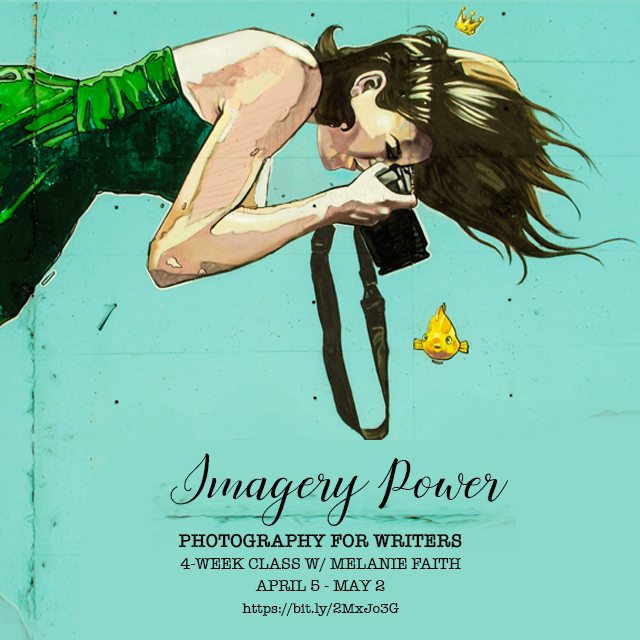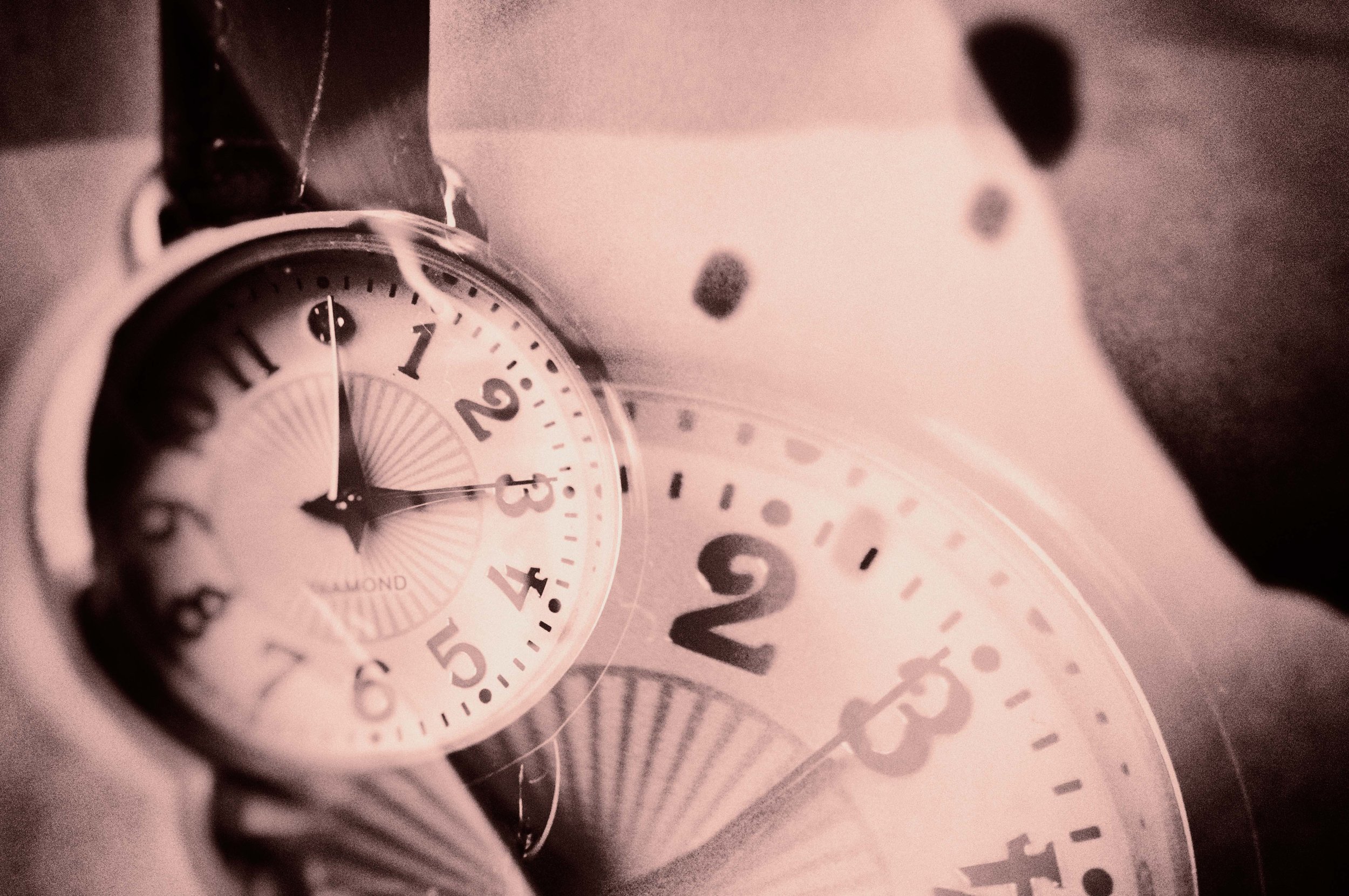My craft article appeared today at Women on Writing. Ta-da! :)
Photo by Vera Ja, https://unsplash.com
Your Custom Text Here

Photo by Vera Ja, https://unsplash.com








From my Moment Series: “3.”

Photo courtesy of Eric Tompkins, https://unsplash.com/photos/B22JxzOkjYs


